Making Games: Stumbling from Design to Debut
We had one semester to make a game.
The class was through the California Institute of the Arts’ Integrated Media department, which styles itself a meeting ground for complimentary métiers. It met each Monday morning in the school’s chilly bowels for a scant two hours – just enough time to write something on a chalk board, high-five or disagree, and then not see each other for a week. It’s a wonder we made anything at all, let alone debuted a prototype at a crowded convention called the Maker Faire three hundred miles north. What we brought is not what we intended – a partially miscarried hybrid of real and vestigial features – but game development, like any collaborative undertaking, isn’t a straight shot.
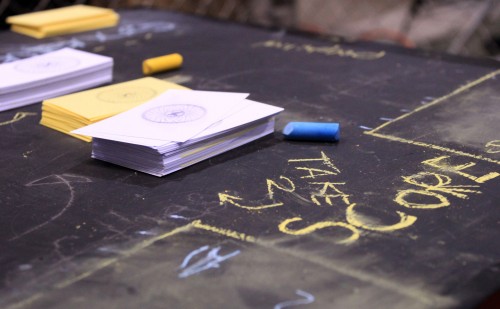
Our group was nigh-ideal: five graduate students and one talented BFA, no one from the same background. There was a programmer, a theater set designer, two breeds of visual artist, an ambient musician, and myself – the writer. Previous groups had gone the techy route, rigging RC cars with baby monitors, but we wanted to straddle multiple media – to build a game that played in physical spaces, drew from digital content, and answered to verbal interaction. By the end of our first class we had a draft.
“I’ve never seen a game come together so quickly!” the class’ instructor announced. “It’ll be great at the Maker Faire.”
That’s the thing, though – you can chart a voyage to the moon, but landing on the surface is another thing entirely. High-concept ambitions are irrelevant until you see them through.
Our design on paper was a monster, something you would murder if you found it in a lab. The hulking Franken-game included real-world installations, app-based digital avatars, RPG-esque progression, and heavy narrative content.
Sounds rad, right? Proposals often do.
What Famous People’s P$ss$$s Look Like
[ Just as Shakespeare jauntily lifted and displayed pieces from his great store load of words pertaining to and characterizing people’s privates (including “nothing,” a favorite among feminists!) I have decided to whip out here some closely guarded tidbits about famous people’s pussies. So, come on, slap your thighs, crunch peanuts in the pit, and gaze up, all forlorn, at the sultry clouds.
And, above all, enjoy. ]
A non-pregnant Kim Kardashian’s is a furry teacup pig on its day at the spa. Showing off its nails and gleaming skin. The clit’s a snout and it makes gorgeous and empty little squeals that no man can resist.
Paris Hilton’s is very much like a starved Flamingo curled up into a sad ball on the fringes of the high-acid waters of some South American crater lake. The sky’s filled with hotels and jails and at night the stars crowd in like ghoulish paparazzi. . . And the starved flamingo shivers like a scared Chihuahua that pees on Paris’s marble floors whenever it’s afraid or excited.
(Cormac McCarthy’s trying to work this dish into a new disaster novel). READ MORE >
Say you’re giving a reading, what’s the perfect question? What question do you loathe?
Say you’re in the audience, what question do you wish someone else would ask? What question makes you feel embarrassed that someone actually asked it?
Why Did Mud Luscious Close? Getting busy with JA Tyler
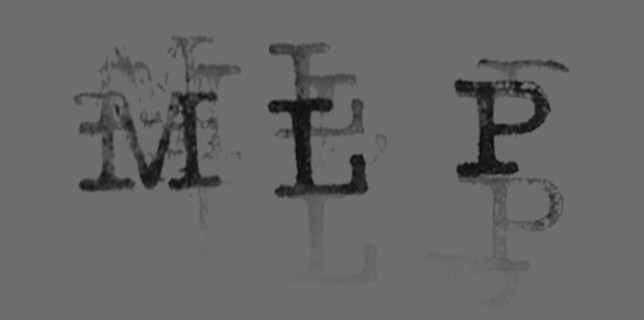
Hello, here is an interview that I did with J.A. Tyler. We started it via email soon after the announcement that his press, Mud Luscious, would have to close down. It’s fairly long. First we talk about all the things he did with MLP, then we get into the nitty gritty of what happened that caused its demise. I really appreciate that he would do this. I’ve asked other presses to do a similar post mortem but they’ve declined. It’s not easy, I know. You run a press, you feel an almost paralyzing responsibility to the people you publish. You have a book that does well, you’re fucked because your responsibilities seem to increase. It’s not a thankless job, art — not by any means — but it’s a tough one. And the place where art intersects with business IS thankless unless your strength is on the business end of things. Anyway. Get into this interview. Remember MLP for its growth and its commitment and its problems.
Hi, J. A. How are you feeling? Would it be an understatement to say you’re sad?
Yes: Sad, overwhelmed, frustrated, sick. A million things all at once.
Well, we started this interview back in April, so it’s been a while. How are you feeling about things now? Is the remorse turning to relief? Have you started to get a glimpse of what a normal life can be yet?
Normal life, probably not. There is this residual layer of guilt that I presume will take much longer to unwind from wherever it is in me. I do see how much time I spent doing MLP related things, both on the “free time” I’m now allotted and in the size of the hole it left.
Shanna Compton, Designer
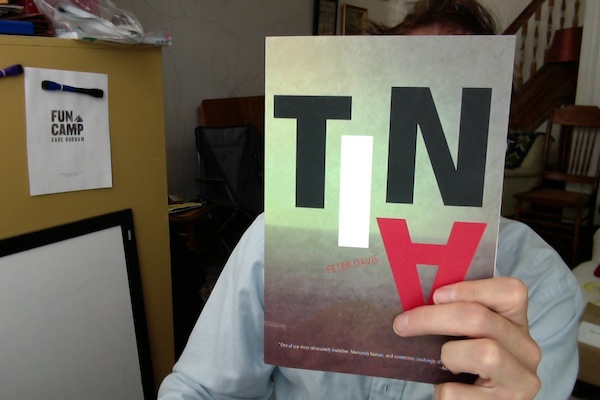
I just got the new Peter Davis book in the mail, Tina, published by Bloof Books.
I haven’t read it yet. This is just to say that Shanna Compton is one of my new favorite designers for poetry books. Her own book, Brink, is also wicked handsome. She has successfully rethought every element of a good book design. Why put what where? The advance praise is at the end. The copyright data gets a line at the bottom of the Table of Contents because that stuff is ugly.
Also, I love Peter Davis’s poetry. Get this for your summer shelf, silly. Review it for HTMLGiant, whydoncha? Watch the trailer, which is better than your average book trailer:
WTF Is Happening In My Shower?
Even if you’ve never showered with me (hey ladies!) you know some weird things are going on in there. READ MORE >
EMBRACING POWERLESSNESS IN DEFINING ART : THE LEGACY OF ENTARTETE KUNST (1937)
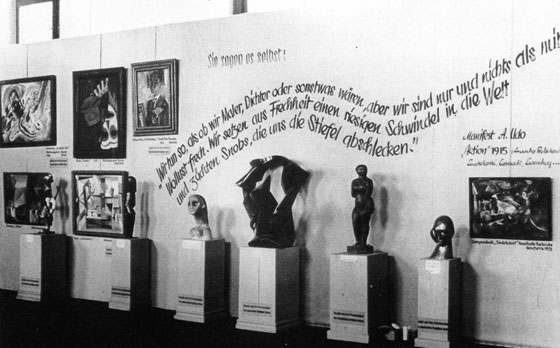
The Stayin Alive of the Gallery Show-An IRL Victory
The insightful and highly regarded art-critic Jerry Saltz recently wrote an ambiguously polemical essay in which he crywolfed the death of gallery shows1. The primary theme of his argument is linked to the Internet’s takeover of the sales departments and the URL-manner in which the contemporary art world functions now, eliminating the necessity for the IRL-dimensions of the process.
Discussions that pertain to the broader implications of the Internet in an industry rarely reach an objective conclusion. The art industry undoubtedly constructs a particularly challenging case due to its multilayered and convoluted business model. The argumentation may be shifted in any direction to build a persuasive case for any involved party. Artists gain significantly by creating a powerful web presence: they increase their chances of being discovered and attaining the attention of individuals who may shape their future. Additionally, a much larger audience has accessibility to viewing and becoming familiarized to the work of countless artists through a net simulacrum. Whether they simultaneously “lose” by offering their presence is ultimately subject to their ideology.
In a brusque manner, Saltz asserts that the only criterion in evaluating gallery shows are the sales they garner, or fail to garner. The critic briefly articulates–but neglects to delve into the magnitude of–how this shift relates to his identity as a critic. It would be naive to ignore how the “democratization of the critic2” affects him personally: his role becomes less important offline, as the presence of less people at galleries has an impact on the pragmatic utilization of his hard-earned credentials and expertise.
When accounting for this detail, an evident controversy in Saltz’s essay arises: initially he brings attention to the lack of a meaningful dialectic occurring in physical gallery space, while he later hesitantly adheres to the democratization of criticism by adding that “art is not inherently democratic.” What critic wants to experience others’ seeking of his expertise and input decrease? Saltz does a better job at identifying “the problem” by stating that the “the art world has become more of a virtual reality than an actual one.” Whether it ever was an actual one, or if it solely seemed so to the critic remains debatable.
“The Death of the Gallery Show” introduces a compelling argument. It is interesting to place it in the framework Thomas Frank recently utilized to investigate the authenticity of political statements of David Leonhardt on the topic of economic austerity. Frank’s methodology falls in line with the familiar traditional debate approach: “The point wasn’tfor an individual debater to believe any particular argument and win the room over with the radiance of his faith; it was for him to be able to argue anything.3”
While Saltz argues the end is near, I am not convinced he deems it possible. In a fascinating way, his performativity of argumentation is representative of the very reason galleries constitute alienating spaces for most people: much of the art presented today cannot be a catalyst for discourse. The curatorial content is no longer created for the audience, but is expected to be created by it. Certainly, this has been argued before, but the status quo of modern art has never before been as deeply interconnected with the mass entertainment industry.
The difference between Jeff Koons’ notorious sculpture of Michael Jackson with his beloved pet Bubbles and Tilda Swinton’s celebrated naps at the MoMA is a drastic paradigm of the shift that occurred within this time in the collective consciousness of reality4. Even if we are so alone in our virtual worlds that we need to be made aware of it via art, this never becomes sufficiently clear in such grotesquely self-aggrandizing projects. This intentionality in mirroring whatever the audience wants to see can be powerful, but it cannot escape being contrived. Ultimately, it appears as if the art world viewed drawing more elements from the entertainment industry as a means to attract more people and yield better sales. The performed bravado and intentional ambiguity of such contemporary art projects make people show up in gallery spaces less frequently. Why turn to culture when the culture is the entertainment?
Summer Semester Reading List: Conceptual Literature
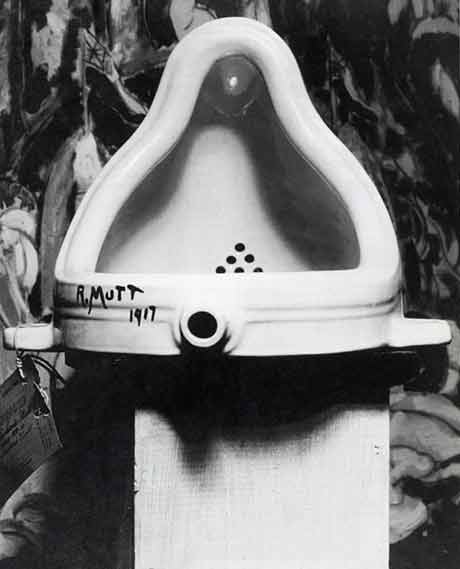
This week I begin teaching a six week summer course on conceptual literature. For those of you who might be interested, click through for the reading list I’ve assigned my students.



